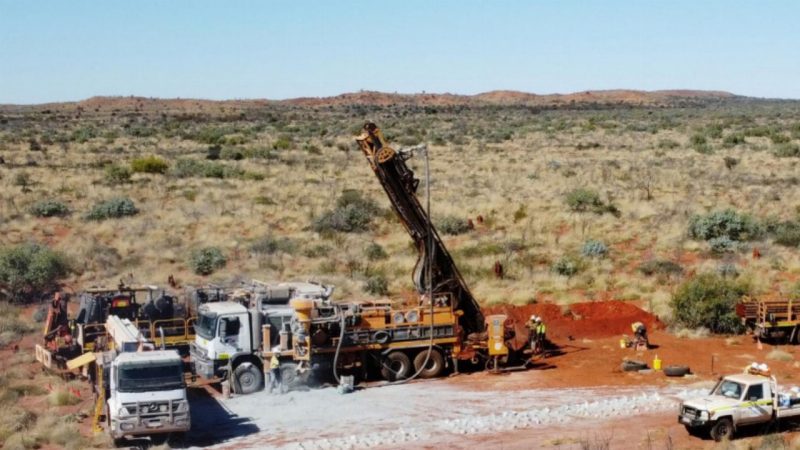- WA1 Resources (ASX:WA1) reports hitting more high-grade niobium in WA
- Results come from its Luni prospect, part of the larger West Arunta project
- The company has however seen its shares sink down more than 10 per cent as at lunchtime trade
- Profit-taking appears to be the catalyst with YTD returns up more than 400 per cent
- The company’s shares opened near $10 but were near $8.30 around lunchtime AEDT
Rare earths explorer WA1 Resources (ASX:WA1) has posted its latest assay results, displaying evidence of a high-grade mineralised zone at the Luni target.
Luni is part of WA1’s larger West Arunta project.
However, despite the promising results, the stock was sold off today, down 10 per cent at lunchtime to $8.28.
Shares opened above $9.90 this morning.
Why, exactly, isn’t immediately clear. There were no surprises in the company’s announcement and nothing that typically spurs concern for either retail or professional shareholders in the exploration context.
Profit-taking not unlikely
A look at WA1’s one yearly returns supports the proposition that perhaps shareholders are, instead, just profit-taking – not unusual for trading behaviour broadly across December.
WA1’s year-to-date (YTD) returns are up an eyebrow-raising 493.5 per cent.
One year performance is up 345 per cent and when compared to the performance of the ASX200 over the last year, the stock is outperforming at 343 per cent returns.
While one must be careful with this metric – comparing microcaps to ASX200 stocks – the evidence of WA1’s popularity with traders is clear.
What were today’s assays?
The company is highlighting ten drill results today, all extracted from depths over 40 metres.
The key assay result is a 50-metre thick section grading at two per cent niobium from 65 metres depth; niobium is, a rare earth.
The metal is used in steelmaking where it acts as a superior alloy; the metal is also viable for use in superconductors.
Other results include 21 metres at 2 per cent lithium from 99 metres depth; 64 metres at 1.4 per cent niobium from 56 metres depth and 33 metres at 1.8 per cent niobium from 39 metres depth.
Value of assay data
The real value in today’s assay results isn’t just further confirmation of high-grade mineralisation on-site but where exactly that mineralisation is situated.
“New assay results outline the presence of a shallow zone of high-grade niobium mineralisation between the previously defined western and eastern zones,” the company wrote today.
The company has also recently sunk its first diamond drill hole on-site which is captured In today’s batch of assay results; data from that hole supports an early-stage thesis that higher-grade mineralisation at depth could be widespread.
Diamond-tipped drill rigs can go deeper than RC and are for that reason the most expensive to hire.
Today’s results are the latest set that ultimately comes from the benefit of a $15 million capital raise kicked off back in September.
Shares last traded at $8.01.

